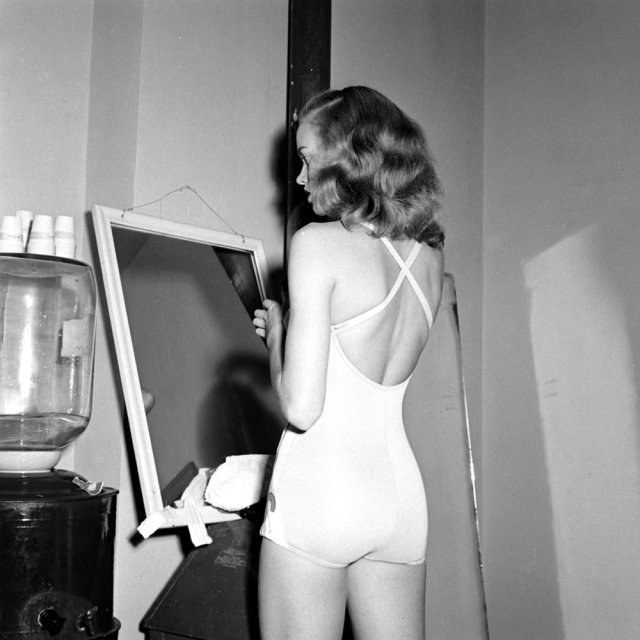Russia Wants In on the Tourism Space Race

The space tourism business is getting pretty crowded for an industry that one could argue hasn’t even been born yet.
Last week, according to the state news agency TASS, the Russian space agency Roscocosmos approved reusable rocket designs from the private Russian space travel company KosmoKurs, which hopes, beginning in 2020, to begin transporting tourists into space 124 miles above the surface of the earth for between $200,000 and $250,000 a head.
The announcement puts KosmoKurs in competition with Jeff Bezos' space tourism company Blue Origin and Richard Branson’s Virgin Galactic, which will offer a roughly similar service to tourists who can afford the heavy price tags on such journeys. The precise launch dates and price points for those companies have not been released.
Elon Musk’s SpaceX, on the other hand, is in the business of moving around satellites, astronauts and supplies for the International Space Station—not rich tourists.
